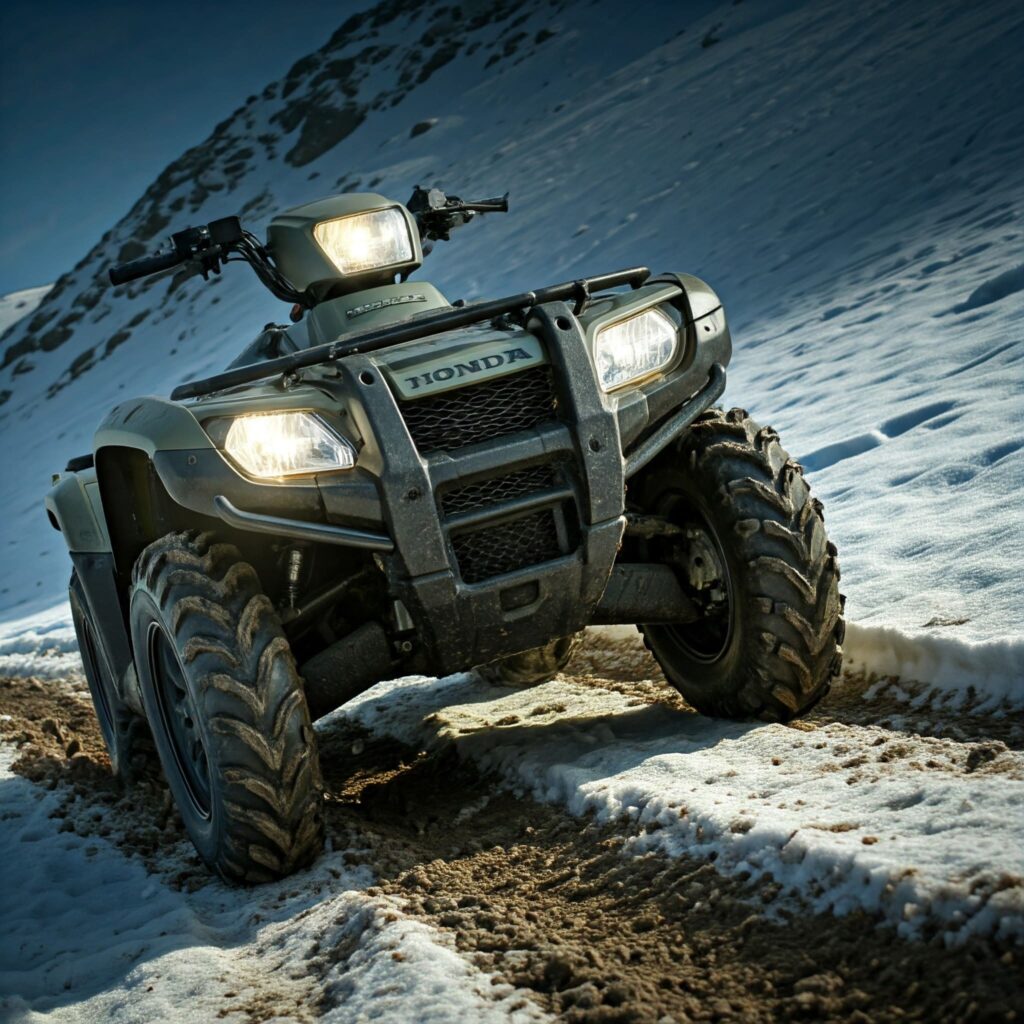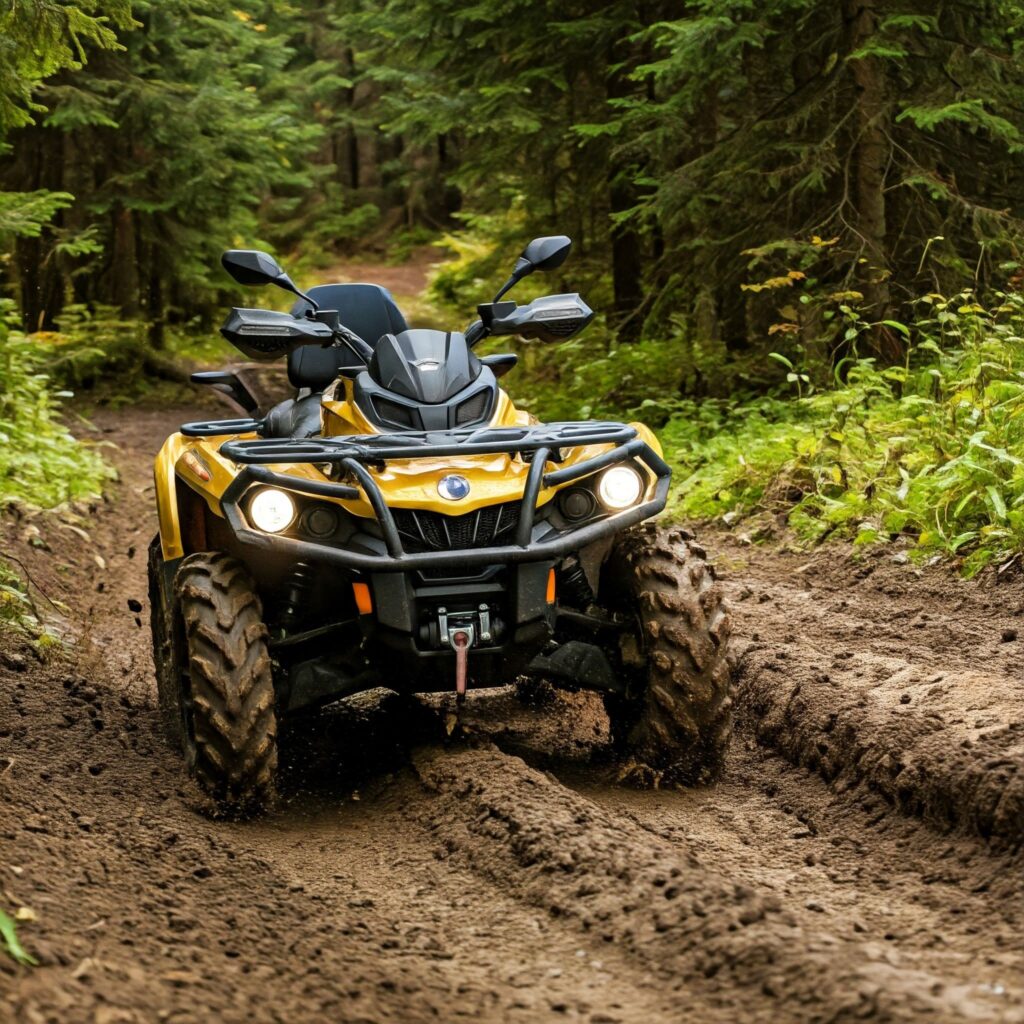Maintaining your ATV or UTV with the right oil is essential for performance, reliability, and extended engine life. With a wide range of options available, understanding key product differences can help you make an informed decision without falling prey to bias or overstated claims. This guide provides an unbiased comparison of leading ATV and UTV oils, highlighting their features, performance, and usability to address the real-world needs of enthusiasts and professionals.
Why Engine Oil Matters for ATVs and UTVs
Engine oil is a critical component in vehicle maintenance, especially in high-performance ATVs and UTVs built for off-road adventures. It performs the following essential functions:
- Lubrication: Reduces friction between moving parts to minimize wear.
- Thermal Stability: Maintains its properties under extreme heat or cold environments.
- Cleanliness: Prevents sludge and deposits that can clog pathways and affect power delivery.
- Extended Engine Life: Protects components for prolonged reliability and performance.
Whether for recreational use or demanding professional tasks, the right oil can significantly impact how your vehicle performs under stress.
Comparing Leading ATV/UTV Engine Oils
1. MOTUL ATV-UTV 4T 10W-40
A versatile option for a wide range of All-Terrain Vehicles (ATVs,) Utility Terrain Vehicles (UTVs,) and quads, MOTUL offers advanced compatibility and performance backed by robust specifications.
- Broad Compatibility: Suitable for engines with integrated gearboxes, wet or dry clutches, and compliant with Euro 2-5 standards.
- Performance Benefits: Specific additives enhance protection, reduce friction, and improve engine longevity.
- Clutch Performance: JASO MA2 approved for reliable clutch engagement under varying conditions.
- Viscosity: SAE 10W-40 grade meets modern manufacturer standards.
- Fuel Compatibility: Works with diverse fuel types, including those containing ethanol or biofuels.
2. Valvoline ATV/UTV Motor Oil SAE 10W-40
Known for its dual-purpose design, Valvoline caters specifically to 4-stroke off-road engines by addressing both engine and transmission needs seamlessly.
- Enhanced Protection: Formulated with premium base oils and cutting-edge additives for high-stress conditions.
- Wet Clutch Performance: Ensures smooth shifting and prevents slippage during high-torque usage.
- Advanced Additives: Helps protect against deposits, wear, and oil thickening to maximize horsepower.
- Integrated Solution: Lubricates both engines and transmissions with a single product.
3. AMSOIL 10W-40 100% Synthetic ATV/UTV Motor Oil
Engineered for high-performance applications, AMSOIL oil is designed to optimize longevity and operational efficiency, even under demanding conditions.
- High-Temperature Performance: Resists oxidation and combats heat-related sludge formation.
- Wear Protection: Aids in metal-component protection during heavy loads and extreme riding conditions.
- All-Weather Capability: Performs reliably in cold-start and high-temperature scenarios, maintaining its protective properties.
- Clutch Compatibility: Reduces clutch chatter while minimizing the risk of fade or slippage.

The Importance of Synthetic Oils
Synthetic oils, including those listed above, are often recommended for their durability and chemical stability under extreme operating conditions. This is primarily due to their high-purity synthetic base oils, which:
- Retain viscosity over a wide temperature range.
- Resist breakdown under intense heat or stress.
- Offer superior lubrication, reducing friction to improve efficiency.
Research supports the advantages of synthetic oils compared to conventional ones, particularly in heavy-use environments commonly encountered by ATVs and UTVs.
Maintenance Tips and Practices
Proper oil management doesn’t stop at choosing the right product. Follow these essential maintenance tips to keep your ATV or UTV running smoothly:
- Regular Inspections: Check the oil level and quality as often as recommended in the owner’s manual. Look for signs of thinning or contamination.
- Timely Oil Changes: Replace oil and filters at regular intervals or after excessive use in harsh environments.
- Differential Fluid Maintenance: High-stress riding conditions wear down lubricant films in differentials. Opt for synthetic differential fluids for enhanced durability.
- Follow Manufacturer Guidelines: Always adhere to viscosity and compatibility requirements outlined in the manual.
For additional maintenance guidance, consult this comprehensive guide with tips to extend the life of your ATV.
FAQs
1. Does oil type really make a difference in ATV/UTV performance?
Yes. Oil choice impacts wear resistance, heat tolerance, and overall engine cleanliness. Synthetic oils often outperform conventional oils in high-stress conditions.
2. Can I mix different oil brands?
Mixing oils is not recommended, as formulations may vary, potentially leading to inconsistent lubrication or reduced performance.
3. How frequently should I change my ATV oil?
Oil change intervals depend on manufacturer recommendations but are typically between 50–100 operating hours for ATVs and UTVs.
4. Is synthetic oil worth the cost?
Synthetic oils provide enhanced protection and longer service intervals, often making them a cost-efficient choice over time, particularly for heavy users.

Final Thoughts
Choosing the right oil for your ATV or UTV is not just about performance; it’s about long-term reliability and cost-effective maintenance. While MOTUL and Valvoline offer excellent options with tailored benefits, AMSOIL stands out for its all-weather performance and robust wear protection, making it a strong contender in high-demand scenarios. However, the best choice depends on your vehicle, environment, and usage, so always consult your manual first.
Through proper oil selection and regular maintenance, your off-road vehicle can consistently deliver peak performance while avoiding unnecessary wear or damage.
For more detailed product specifications, explore Valvoline’s ATV/UTV Motor Oil here, MOTUL’s ATV 4T 10W-40 oil here, and AMSOIL’s 10W-40 100% Synthetic ATV/UTV Motor Oil here.
